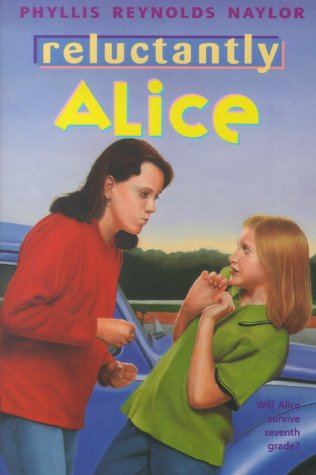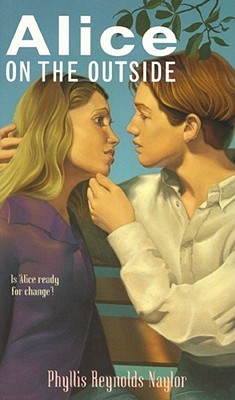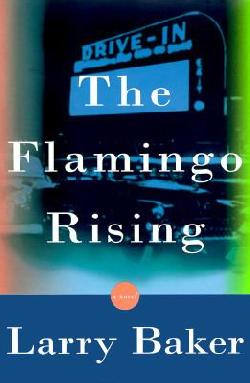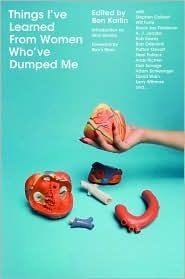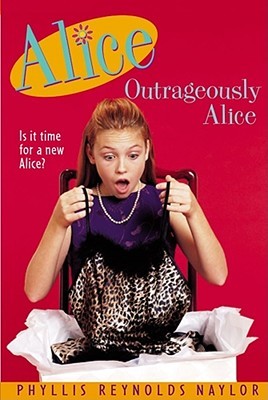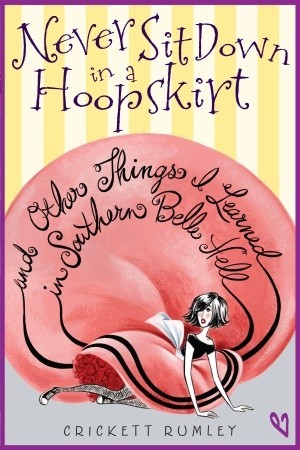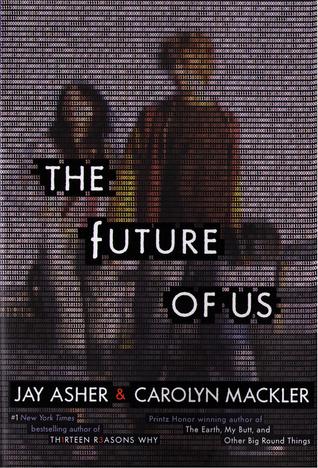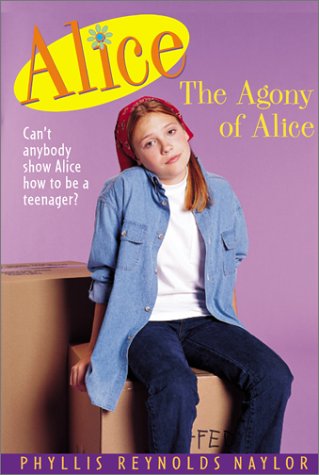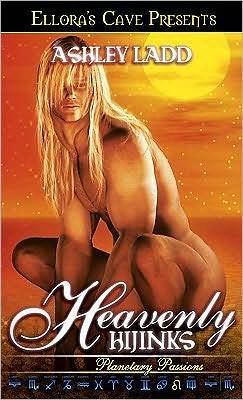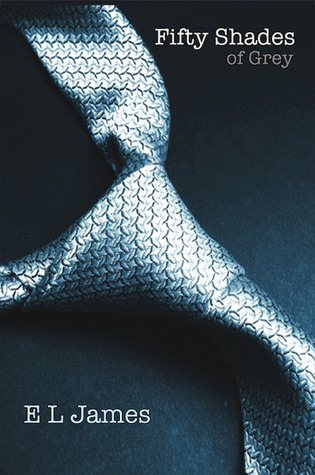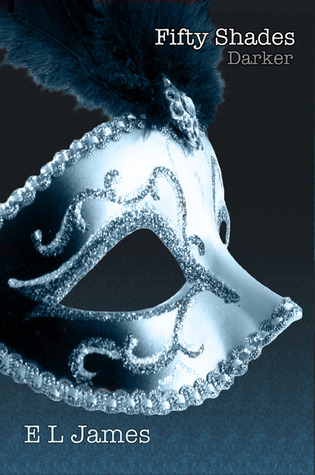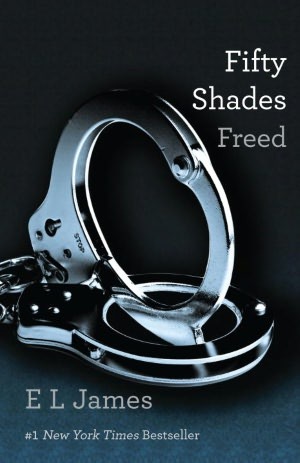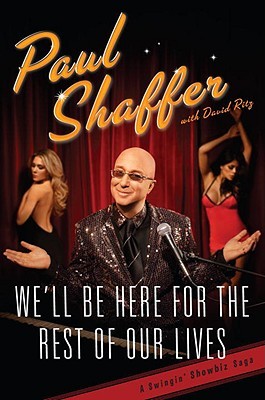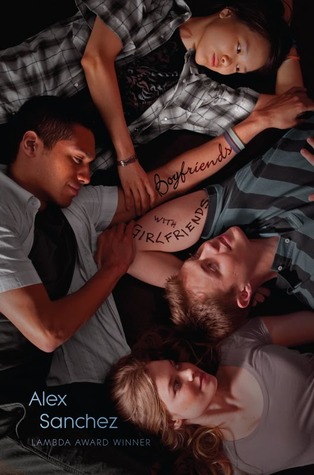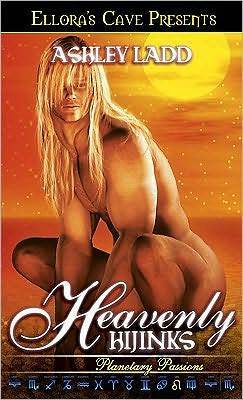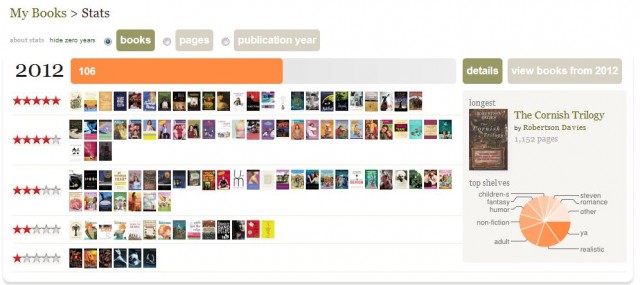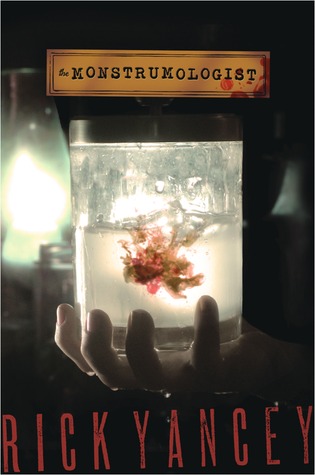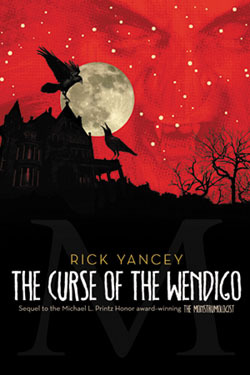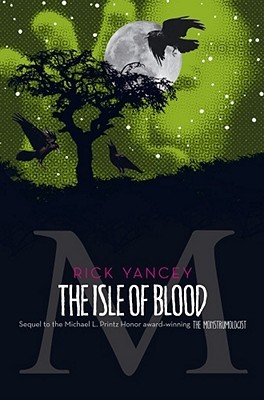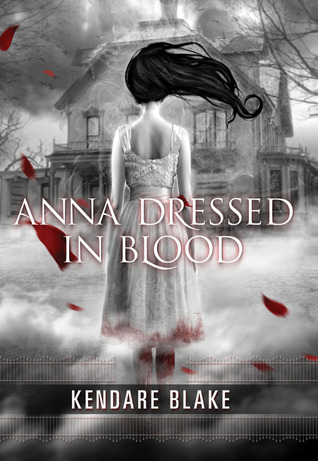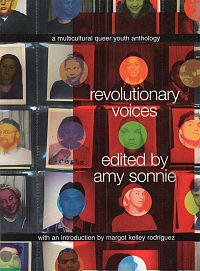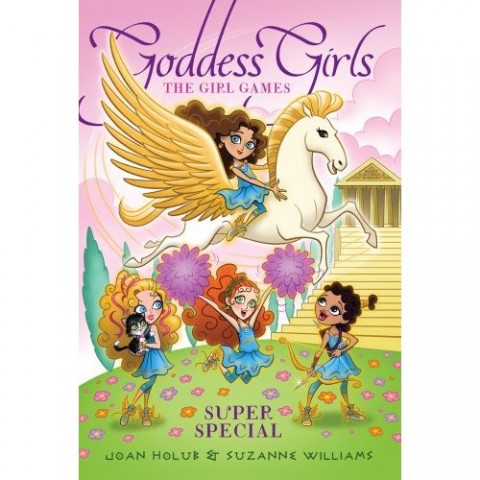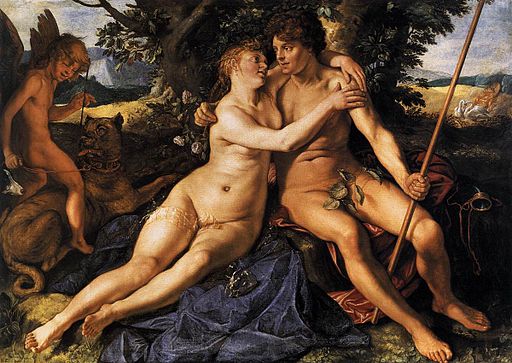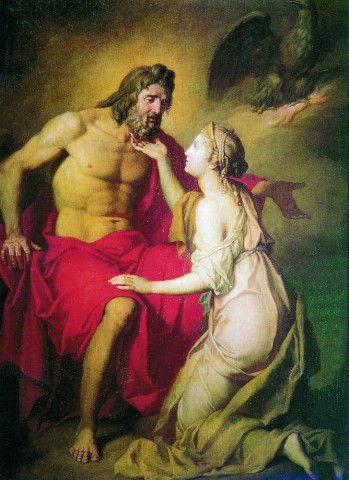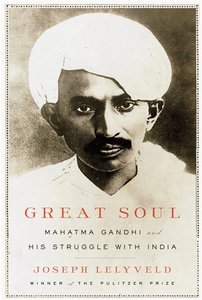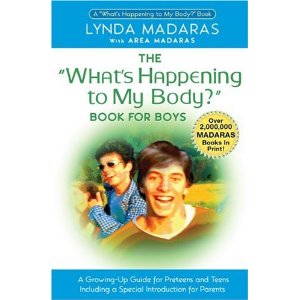
Title: The What’s Happening to My Body? Book For Boys: A Growing Up Guide for Parents and Sons
Authors: Lynda Madaras with Area Madaras
Banned In: 21 school libraries in Buda, TX
For: being inappropriate for an elementary school library
This books gets challenged a lot, and I can see why. Any book about sexuality for children or teens is going to cause issues because everyone has a different opinion about what age is best for different information on the topic. The particular instance the ALA is reporting on here (from 2010) is actually a challenge I don’t disagree with. I know we usually concentrate on challenges that force one person’s narrow view of morality on a community, but this is a good example of how not all challenges are like that. As I’ve said before, I’m not against challenging books because I think it starts a meaningful conversation about the purpose of the library and gets more people reading and talking about books! Also, I’m pleased that someone has a strong feeling about the library–one way or the other–because it’s such a refreshing change from the passive indifference I’m met with daily. Also, sometimes librarians totally make mistakes and need patrons’ help to catch them. This case is just one such instance.
As the librarian explains in the news article I linked to above:
“That did not belong there. That really was a fluke. It really was a mistake,” said Nancy Turner, the director of Library Services at Hays CISD.
The book was immediately pulled off the shelf at Pluger and Carpenter Hill elementary schools, two schools that just opened this year.
There are two books with the same name that are geared toward different age groups.
“Just through a fluke in the ordering process, with them having the same series title, we got the one that was really aimed more for the middle school,” said Turner.
There are books that explain where babies come from to elementary age students, but I agree that this title is better suited for someone experiencing puberty or on the cusp of it. Chapters explain the changes taking place in your body, with diagrams showing the different stages. A lot of text is given over to reassurances about what’s “normal”, which can be a real worry since everyone matures differently. There’s even a chapter called “Spontaneous Erections, Orgasms, Masturbation, and Wet Dreams” which includes real (anonymous) questions from puberty-age boys and fair, honest answers about what is normal, including suggestions about how to cope with these issues in a less-awkward way.
The author suggests in the introduction that “beyond providing the basic facts, I hope that the book will help parents and sons get past the ’embarrassment barrier.’ Ideally, I imagine parents sitting down and reading the book with their sons” (xxv). I think this would be really useful for getting a basic overview of puberty before it happens to you–so you don’t freak out and not know what’s going on–and also as a kind of reference guide afterward. Maybe you won’t care that much about how to ask someone to go out with you right away, so eventually the chapter on “Romantic and Sexual Feelings” will be useful to you later on. It’s the parents’ responsibility to go through all the different “your changing body” or “where do babies come from” books available and find one that’s right for their kid at that time. Because not every family has the same beliefs about what information their kids need, and not every kid matures at the same time. Since kids, especially girls, are hitting puberty younger and younger, a greater variety of these books is necessary since something like Deal With It! would probably be too much for an 8-year-old, but you still want to give her the basic facts since with the onset of menstruation she is capable of getting pregnant.
Here are some interesting things about this book that I was not expecting:
1. In the chapter title “An Owner’s Guide to the Sex Organs: What’s Normal? What’s Not?” there was an entire section on uncircumcised penises that explained the difference, why a boy might or might not have a foreskin, and care instructions. Many of the diagrams explaining changes in the body also had uncircumcised equivalents. This more inclusive focus is something I’ve never seen before in these sorts of books, and the author explains in the intro that it was added for this latest edition because:
Today only about 60 percent of babies are circumcised in the United States. More boys than ever are reaching puberty with their foreskins still intact… Doctors in the United States often know little about the foreskin except how to remove it. The result is that all too often minor foreskin irritations are treated rather drastically–by surgical removal. I hope the new information in Chapter 3 will not only help answer boys’ questions, but will also help them hang on to their foreskins should problems arise.
What a good idea that I probably would never have thought of! Not that I’m surprised. Madaras really focuses the text of the book on reassurance. This age group is definitely one that needs a lot of it, especially since they may feel uncomfortable asking their parents/friends “What is this doing? Is this normal?” It’s good that–circumcised or not–there are books like this one available to address their worries.
2. There’s a whole chapter about what happens to girls during puberty!! Obviously there’s an equivalent book by the same author for girls, which I’m assuming has way more information, but I think it’s really important to address the similarities and differences between the sexes. Even though boys don’t have a period, they should still understand it: what it is, its biological function, how girls deal with it. Otherwise they can form misconceptions that take an oddly long time to wear off. I met guys in college who thought “it all came out at once in a big rush”.
3. There’s a section in the “Romantic and Sexual Feelings” chapter about being just friends with girls, something that often becomes more difficult with the onset of puberty. The author explains that, despite the teasing you will no doubt encounter, there’s nothing wrong with continuing your opposite-sex friendships, and suggests ways to deal with the teasing and make things less awkward between yourselves.
I don’t know if the 21 schools that this book was removed from were all elementary schools or not. I can see why this book has also been challenged in collections for older children or teens because it does deal frankly with topics like masturbation or homosexuality. The author has a great solution for this in the introduction, though:
For instance, when discussing masturbation, I explain that some people feel it is wrong or sinful and not at all a good thing to do, and I talk about why they feel that way. But the truth of the matter is that I feel very strongly that masturbation is a perfectly fine, perfectly normal thing to do, and I’m sure that this comes through in what I’ve written. You may find that your opinions on masturbation or some of the other topics covered in this book are different from mine, but this doesn’t mean you have to throw the baby out with the bathwater. Instead, you can use these differences as an opportunity to explain and elucidate your own attitudes and values to your child
THIS!!! I almost want to make this my final Banned Books Week post for this year, because I think this gets to the heart of Banned Books Week, and why a lot of challenges genuinely confuse me. My reaction to a book I disagree with is not “Get away from me” but “This is so interesting, I want to understand how we could have such different opinions”. I’m not really afraid that any book or person could dramatically change my views, but I’m willing to give them a shot to at least better understand people who disagree with me. It’s the same with the middle school girl I tutor. If we start reading a non-fiction book that treats a topic differently than I would (say, it thinks Thomas Edison is a genius instead of a douchebag or glosses over the Age of Exploration’s terrible consequences for Native Americans), I don’t say “We have to stop reading this book or you will be brainwashed into believing these lies!” Instead, I present both sides and both views and let her use her critical thinking to form her own opinions. Her parents have taught her their beliefs and she’s naturally compassionate and bright, so they trust her to decide the right thing, even if she comes into contact with opinions different from their own (which she undoubtedly will in her life, no matter how vigilant they are).
Ultimately, I think it’s far more important to build up a person’s inner defenses and strength of character against all the badness in the world, because no matter how many books you challenge, how closely you monitor Internet usage, there will always be terrible things in the world. “Sometimes people are the worst,” the girl I tutor says to me, after we read about Europeans screwing over Native Americans out of bigotry and greed or the carnage of the Revolutionary War. And she’s right. I’m not happy about it. I wish we could only learn about happy things, like how awesome Queen Elizabeth I was, but then I wouldn’t be a very good tutor because we’d hardly be covering any of the real history she needs to know. It’s natural to want to protect your children–I sigh every time I have to check out another book for her about war–but ultimately it’s more important to teach your children morality and strength so that they can protect themselves.
Previously: Pit Bull and Tenacious Guard Dogs
Next: Revolutionary Voices
